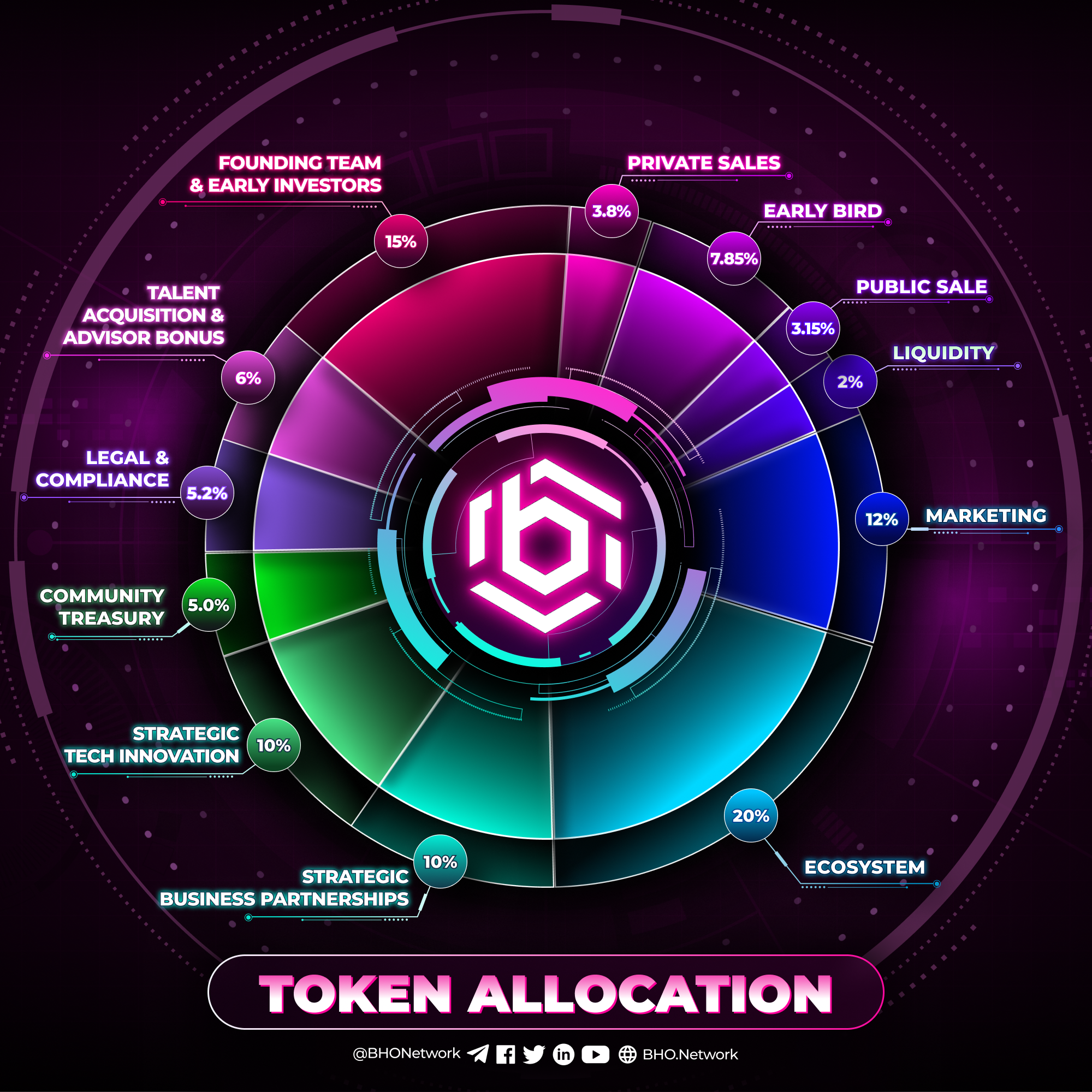EU’S 5TH ANTI-MONEY LAUNDERING DIRECTIVE (AMLD5)
In recent years, the cryptocurrency market has undergone unprecedented growth, bringing along innovative opportunities, investment possibilities, and challenges to the traditional financial landscape. However, this growth has also attracted scrutiny from regulatory bodies, particularly concerning its vulnerability to financial crimes like money laundering and terrorism financing. To address these emerging risks, the European Union implemented the 5th Anti-Money Laundering Directive (AMLD5) on January 10, 2020, marking a critical regulatory step in extending anti-money laundering (AML) obligations to the world of cryptocurrencies. As this directive continues to shape the industry, the crypto sector and investors alike must understand the implications and challenges it brings.
The Origins and Scope of AMLD5
The EU’s Anti-Money Laundering Directive series has long sought to prevent money laundering and financing of terrorism by enacting stringent regulatory requirements across financial institutions within the Union. Previous iterations primarily focused on banks, insurance companies, and other traditional financial intermediaries. However, AMLD5 reflects a recognition by EU legislators that the digital financial ecosystem—particularly the cryptocurrency market—needed similar oversight due to the unique risks posed by these new financial instruments.
Under AMLD5, cryptocurrency exchanges and wallet providers are formally categorized as "obliged entities." This classification subjects these platforms to the same regulatory obligations as other financial institutions, specifically regarding the verification of customer identities, monitoring transactions, and reporting suspicious activities to financial intelligence units (FIUs). This expanded coverage is part of a broader EU initiative to bring transparency and accountability into the digital financial sector and is aimed at preventing illicit activities facilitated by the anonymous or pseudonymous nature of cryptocurrencies.
Key Provisions of AMLD5 for the Crypto Sector
AMLD5 introduced several new requirements to the cryptocurrency industry, with significant compliance obligations for exchanges and wallet providers. Among the most crucial provisions are:
1. Customer Due Diligence (CDD) Requirements: All crypto exchanges and wallet providers operating within the EU must perform Know Your Customer (KYC) and CDD checks. This process entails verifying customers' identities, particularly for transactions involving fiat currency or exchanges between digital assets. Platforms must also monitor for suspicious transactions and conduct ongoing scrutiny of user activity.
2. Transparency and Information Sharing: AMLD5 mandates that crypto platforms store information on beneficial ownership and make it available to relevant authorities. By increasing transparency, these provisions aim to prevent the misuse of crypto platforms by criminals attempting to mask the origin and destination of funds.
3. Cross-Border Collaboration: Recognizing that financial crime is often international, AMLD5 facilitates better collaboration between member states’ FIUs, allowing them to track and monitor crypto transactions across borders more effectively. This cooperation is critical, given the global reach and decentralized nature of cryptocurrencies.
4. Suspicious Activity Reporting (SAR): Like traditional financial institutions, crypto platforms are now required to file Suspicious Activity Reports (SARs) when identifying potentially illicit transactions. The requirement to report unusual activities to national FIUs is integral to disrupting the flow of criminal proceeds within the financial system.
5. Limitations on Anonymity: AMLD5 also limits the anonymity previously available in the crypto space. Anonymity concerns have been central to AMLD5’s objectives, as the directive seeks to curb the use of cryptocurrencies for illicit activities. Exchanges and wallet providers are compelled to reveal user information upon request, reducing the degree of privacy once enjoyed by crypto users.
Effects of AMLD5 on the Cryptocurrency Industry
The imposition of AMLD5 has brought a mix of positive outcomes, compliance burdens, and unintended consequences for the crypto industry, with implications for both platform operators and users.
1. Legitimization and Mainstreaming of Cryptocurrency: By bringing cryptocurrency exchanges and wallet providers into the regulatory fold, AMLD5 has contributed to legitimizing the industry in the eyes of regulators, investors, and financial institutions. Many institutional investors, previously wary of the potential reputational and compliance risks associated with crypto, are more willing to engage with the sector due to the enhanced regulatory oversight. This shift toward regulation has also encouraged greater integration of crypto with traditional financial markets, aiding its evolution from a fringe asset class to a more mainstream component of investment portfolios.
2. Increased Compliance Costs for Platforms: For cryptocurrency exchanges and wallet providers, compliance with AMLD5 has necessitated significant operational changes, including developing KYC systems, implementing transaction monitoring software, and hiring specialized compliance personnel. While larger platforms may be equipped to absorb these costs, smaller exchanges may struggle with the financial and logistical demands of compliance. Some smaller platforms have opted to cease operations in the EU rather than bear the costs and regulatory burden, leading to a more consolidated crypto market within the region.
3. Challenges to User Privacy and Anonymity: One of the core values of the cryptocurrency movement has been the provision of financial privacy and autonomy. AMLD5’s requirements for user identification and transaction reporting represent a challenge to this ethos, sparking concerns among privacy advocates who argue that these regulations undermine the decentralized nature of crypto. As users are required to provide personal information and disclose their transaction history, the crypto industry now faces an ongoing debate over balancing regulatory compliance with maintaining privacy.
4. Regional Disparities in Compliance Standards: Though AMLD5 is a directive binding on all EU member states, its interpretation and implementation can vary across jurisdictions. Different national interpretations can lead to inconsistent standards, creating regulatory arbitrage opportunities where users and companies may gravitate toward countries with less stringent requirements. These disparities underscore the need for more harmonized regulatory frameworks, an issue that will likely be addressed in future AML directives and EU initiatives such as the upcoming Markets in Crypto-Assets (MiCA) regulation.
Implications for the Future of Crypto Regulation
AMLD5, while comprehensive in its own right, represents only a starting point in the EU’s regulatory journey concerning digital assets. As financial crimes become increasingly complex, regulatory frameworks will continue to evolve, with AMLD6 and MiCA promising to further refine the EU's approach to crypto oversight. MiCA, specifically, is poised to establish a clearer regulatory structure for digital assets, addressing gaps that AMLD5 may not have adequately covered and proposing a standardized licensing framework across the EU.
The increased oversight may encourage the global adoption of similar standards. Countries outside the EU, particularly those with substantial cryptocurrency markets, are likely to observe AMLD5's impact closely and may consider implementing comparable regulations to mitigate the risks associated with digital assets while supporting legitimate use cases.
AMLD5 has ushered in a new era of regulatory scrutiny for the cryptocurrency industry, bringing the sector closer to traditional financial regulations while posing unique challenges. For regulators, AMLD5 is a powerful tool to curb financial crimes associated with cryptocurrencies, providing much-needed transparency and accountability. However, the directive has also sparked concerns about privacy, operational costs, and the possible stifling of innovation within the crypto space.
As the regulatory landscape for crypto continues to evolve, the impact of AMLD5 will be a key case study in how traditional AML frameworks can be adapted to the digital age. By balancing security with innovation, the industry and regulators can work towards a future where crypto assets are both safe for investors and secure from misuse, paving the way for a more sustainable and robust cryptocurrency market within the EU and beyond.
Published on November 02, 2024







